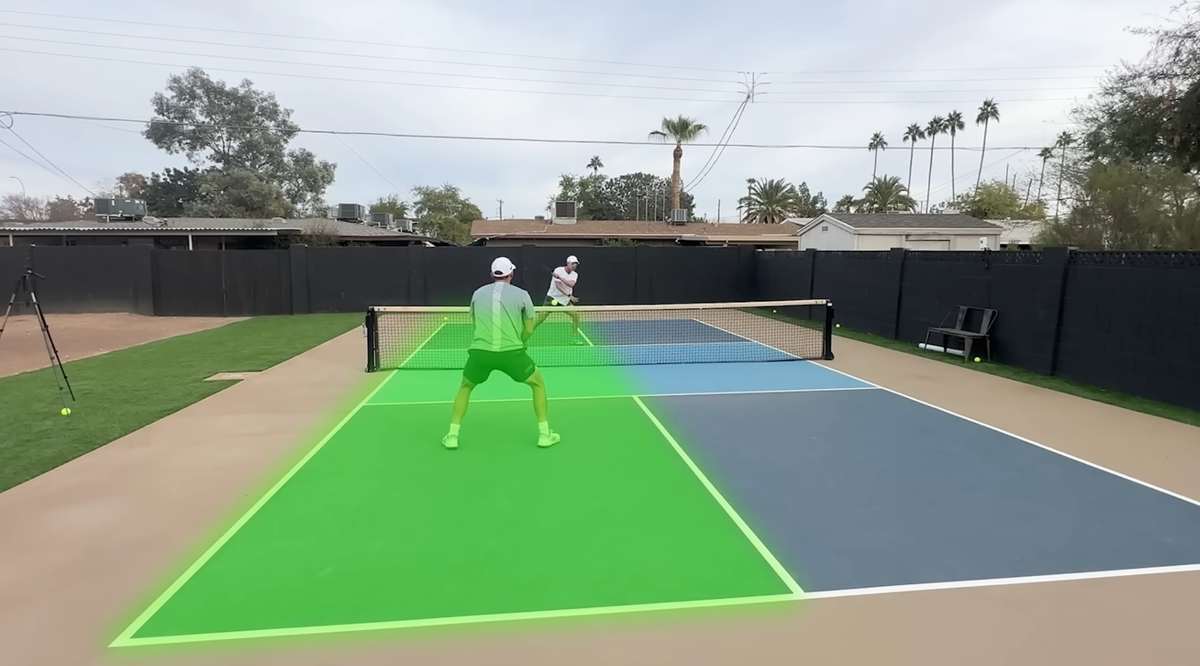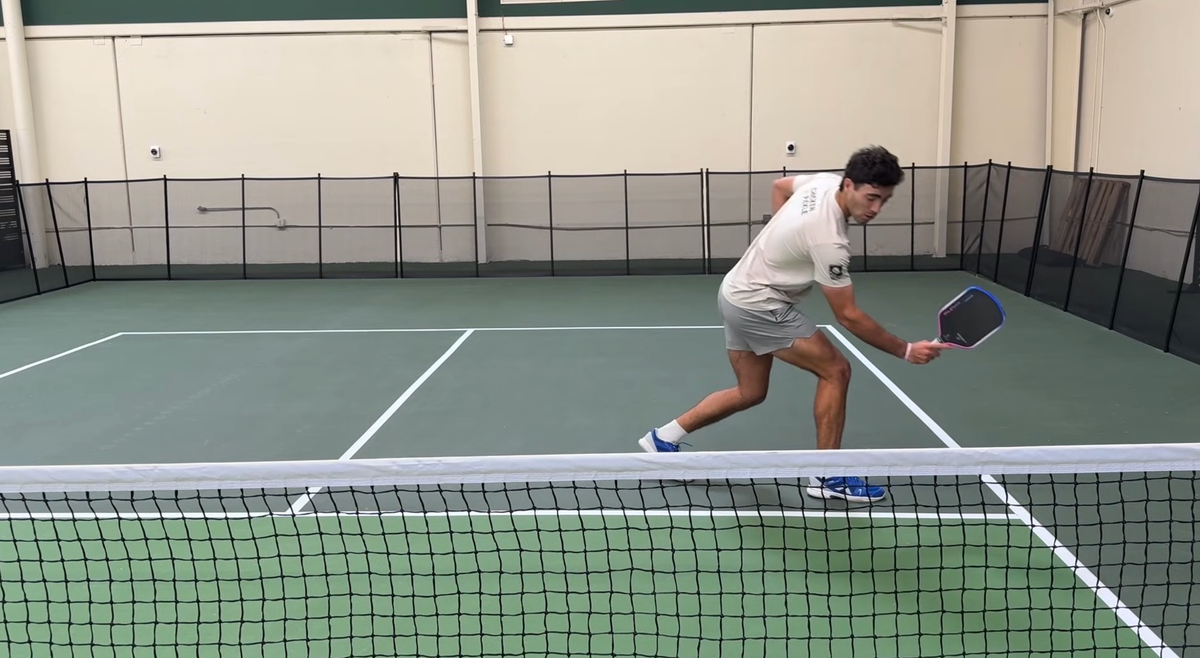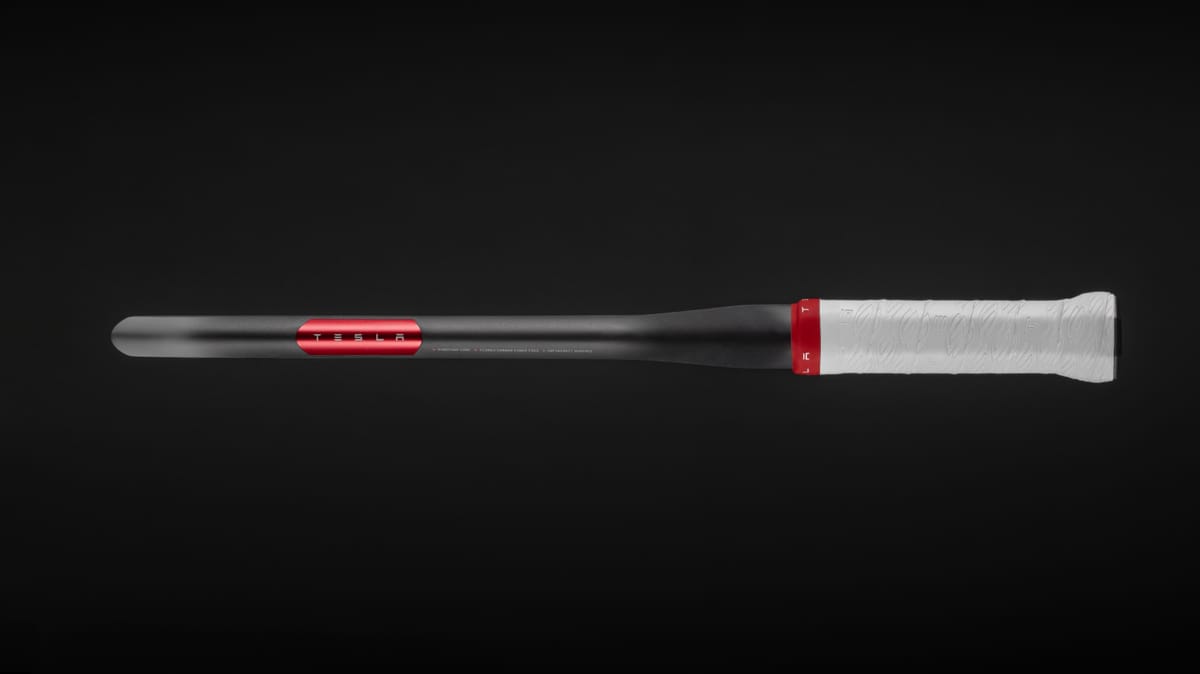Have you ever wondered what’s inside your pickleball paddle? If you’re like me, then maybe you’ve thought about ripping open an old paddle just to see what’s inside. Believe me, you won’t find anything too interesting. But you don’t have to rip open a paddle because in this article I’m going to teach you everything you need to know about paddle cores.
But before we get into it. A quick aside.
Does it really matter what paddle core you use?
Yes.
Ok, let me go into detail.
If you came here for a quick answer, let me just give you the general rundown. Polymer core paddles are generally going to be the best paddles to use. They give you a great balance of power and control. Since they are the most popular type of paddle used, there are many to choose from and are widely available.
Picking the right kind of core for your game is extremely. The 3 different types of materials that I will talk about below have different attributes. Knowing what these are will drastically change your paddle choice, especially if you’re currently looking to purchase one.
The anatomy of a composite paddle
You’ve probably heard the term “composite” pop up every now and then. But what does it mean exactly?
The definition of composite is “a thing made up of several parts or elements.”
Composite pickleball paddles are just that. They are paddles that are made of several different components. These components are the core, face, edgeguard and handle. All of these things combined make what we call a composite pickleball paddle.
Obviously, you can’t see the core because the edge guard and face are covering it up. But the core makes up the bulk shape of the paddle and is generally as tall as the edge guard.
The vast majority of pickleball paddle cores are designed to mimic a honeycomb structure. Check out this tantalizing piece of honeycomb.

This is basically what a composite (polymer to be exact) pickleball paddle core looks like.
Delicious!
As you can see, manufacturers purposefully create empty cells in the material. Don’t worry, I won’t go into a physics lesson here (nor can I), but this is done on purpose and for good reason. Designing paddles this way makes the paddle just as strong, but with most of the weight taken out of it! But what about materials?
When you buy a composite pickleball paddle, you will choose between 3 core material types. These are nomex, aluminum, and polymer. This is what I’ll be explaining to you today.
Nomex
Nomex is the oldest type of material used in the manufacturing of pickleball paddles. According to Wikipedia, nomex was developed in the early 1960s mainly to be a fire-resistant material for fire fighter’s helmets among other uses. The first composite paddles ever made used nomex.
If you’ve been playing pickleball for awhile, I guarantee that you’ve at least seen a nomex paddle before. They are everywhere because the most popular type of nomex paddle made today, the Onix Z5 Graphite, is regularly sold in retail stores around the country. You can read my review of the paddle here.
So what’s the deal with nomex?
First off, nomex was never designed with pickleball in mind. However, the honeycomb design of the material was good enough to be used in composite paddles. As I talked about above, these cores feature a honeycomb structure, but the cells of the honeycomb are much, much smaller. This creates a denser material that leads to power.
Power, power, and more power
I tend to think of nomex paddles as the unruly beast that’s difficult to tame. These types of paddles are absolute monsters in terms of strength. I personally know a “power only” player who’s third shot drives remind me of machine-pitch batting practice when I was a kid. Unsurprisingly, he uses the Onix Z5 Graphite.
The reason why nomex paddles are able to generate so much power is that the material is extremely hard but still lightweight. They’re easy to swing, but each swing has an immense amount of force behind it. Drives and smashes with these paddles are hard, fast and vicious.
But with all that power comes lack of pace control. Due to the density and hardness of nomex, fast shots that are coming right at you are going to bounce quickly off without having much control over it. Imagined holding a block of lead and having to control how quickly the ball pops off. The denser a core material is, the harder it is to control the deflection of a ball off the face.
Nomex paddles are also the loudest of the 3 paddle cores. We’re talking ear-piercing loud at times. If someone hits a monster of a shot near you with a nomex paddle, you can expect your ears to ring slightly. If you play outdoors and there are noise ordinances in place, look to get a polymer paddle instead.
Who should use a nomex paddle?
Nomex paddles are just flat out fun to play with. Strikes with these paddles feel solid and powerful. But don’t expect to have the kind of ball control and finesse that you would get with an aluminum or polymer paddle.
If you’re a “power only” player, then go for it. Check out the Onix Z5 Graphite or the Gamma Atomic 2.0. Both will suit your needs well.
In my view, beginners should stay away from nomex paddles. I know it’s easy to stop by Dick’s Sporting Goods or somewhere similar and pick one up, but you will most likely transition away from nomex at some point anyway. It’s best to start out with a polymer paddle so that you can stay in control of the ball. It will teach you about pace control and dinking more than a nomex paddle will.
Aluminum
Yup, it’s exactly what you think it is. The metal stuff that we know, love and have a daily interaction with. Aluminum paddles aren’t as widely available as polymer paddles, but there are still plenty to choose from. They are loud as well, but not as loud as nomex. If you have noise ordinances in your area, you may want to think twice.
But how does it affect your pickleball game?
Aluminum paddles are known for being lightweight. That’s aluminum for you. But as we know in the pickleball world, more weight = more power. This is the major downside of aluminum paddles.
Considering the “feathery” nature of aluminum paddles, they are the least powerful of the paddle core materials. No matter what shot is being made, you will notice a significant lack of power. You will even notice it if you’re sitting out a game casually bouncing a ball on the paddle.
But there’s something that aluminum paddles offer that makes the sacrifice of power worth it for some.
Control and finesse
Every strike with an aluminum paddle is much weaker than most others. This means that your game at the net can exceed where other paddle cores can’t. It’s much easier to have control over the ball because you don’t have to be so careful about hitting it too hard. We all know that pickleball is a very frantic sport. Sometimes the panic can get to us and we hit the ball too hard out of bounds. Well, aluminum paddles make this a bit more forgiving. It’s much easier to take some pace off the ball.
We all know that pickleball is a very frantic sport. Sometimes the panic can get to us and we hit the ball too hard out of bounds. Well, aluminum paddles make this a bit more forgiving. It’s much easier to take some pace off the ball.
Center of gravity
There’s one other important aspect about aluminum core paddles that needs to be discussed. An aluminum paddle that weighs 7.5oz and a nomex paddle that weighs 7.5oz will not seem to weigh the same. Even though they are the same weight, it won’t feel that way when you’re swinging the paddle. The reason is that since aluminum cores are so lightweight, the center of gravity is focused more towards the handle. This makes them easier to swing, albeit with less power, even though it weighs the same.
To take an extreme example for clarity, imagine banging a nail into the wall with a hammer. The center of gravity of the hammer is located somewhere in the head, which is why you’re able to have so much power. But what if you flip the hammer around to where you’re trying to bang the nail in with the handle instead of the head? You’ll hardly be able to get the nail in because the center of gravity is in your hand, and not at the nail! Aluminum core paddles work in a similar fashion.
So what are aluminum paddles good for?
In my view, most pickleball players should not be playing with aluminum paddles. The extreme loss in power doesn’t justify slight gain in finesse over a polymer paddle. However, there are some uses.
Aluminum paddles are great options for children and people with severe arm and wrist limitations. These limitations could include conditions like arthritis.
Once upon a time, I switched from a heavy, polymer paddle to an aluminum paddle out of curiosity. The difference in feel and power was extraordinary. I was also whiffing a lot!
Look, I’m a 31-year-old man at the time of this writing. There was absolutely no need for me to be switching to an aluminum paddle, but I wanted to see what it would be like. In general, if you’re strong and fit, you shouldn’t be playing with an aluminum paddle, unless you just like to!
Polymer
What is polymer exactly? Trust me, there’s no need to understand anything about chemistry in order to pick the right kind of paddle. But I’ll just give you a basic understanding of what polymer is.
“Poly” means many and “mer” means unit. In chemistry, a polymer is simply many chemical units strung together to make a long chain of molecules. It’s plastic. Polymers are just plastics. Whether it’s your pickleball paddle, your water bottle or your kid’s bath toys, polymers are there working their magic.
When you see or hear the term “polymer” just think plastic.
As you know, plastic has borderline magical properties. It’s flexible, recyclable, durable, strong among many other useful characteristics. It also makes great pickleball paddles! In fact, some manufacturers are now making their own proprietary versions of polymer cores.
What it means for your pickleball game
Ok, so what’s the deal with polymer?
Polymer paddles give you the best of both the nomex and aluminum worlds. They are strong, flexible, soft and will last you a very long time. There’s something special about striking with a polymer core paddle. It feels both powerful, yet under control. This doesn’t mean that you shouldn’t play any other types of cores, but it’s highly likely that polymer paddles are going to be the best fit for you. If you’re not a “power only” player or don’t have any arm or wrist problems, then polymer is going to be your best bet. They’re just great paddles all around.
The other important aspect to understand about polymer core paddles is that at the time of this writing the vast majority of pickleball core technology is being focused on polypropylene (polymer) materials. For example, Selkirk just recently released their “AMPED” pickleball paddle line that features a proprietary polymer core material that they are calling the X5™. Pretty cool! You will see a lot more of this kind of technology developed as time goes on. So if you want to stay on with the latest trends in pickleball technology, then polymer cores are the way to go.
Not only that, but there are so many different types of polymer paddles out there for sale. All of these available options give you plenty of different types and specification to choose from. In terms of price, polymer paddles are the most expensive paddles, but that’s most likely because they’re the most popular. It’s common to see Polymer paddles in the low hundreds, but there’s plenty of cheap ones to choose from.
Wrapping it up
I hope that this guide on pickleball paddle cores has been helpful for you. I have a lot of fun studying paddles and writing about them. If you have any questions or concerns, feel free to leave a comment below and I will respond. Thanks for reading!
Anuncie Aqui / Advertise Here
Sua marca para o mundo Pickleball! / Your brand for the Pickleball world!

 English
English  Spanish
Spanish  Portuguese
Portuguese  German
German  Italian
Italian  Japanese
Japanese  French
French  Polish
Polish  Russian
Russian  Netherlands
Netherlands  Hungarian
Hungarian  Turkish
Turkish  Videos
Videos  Pickleball Kitchen
Pickleball Kitchen








 English (US) ·
English (US) ·  Portuguese (BR) ·
Portuguese (BR) ·